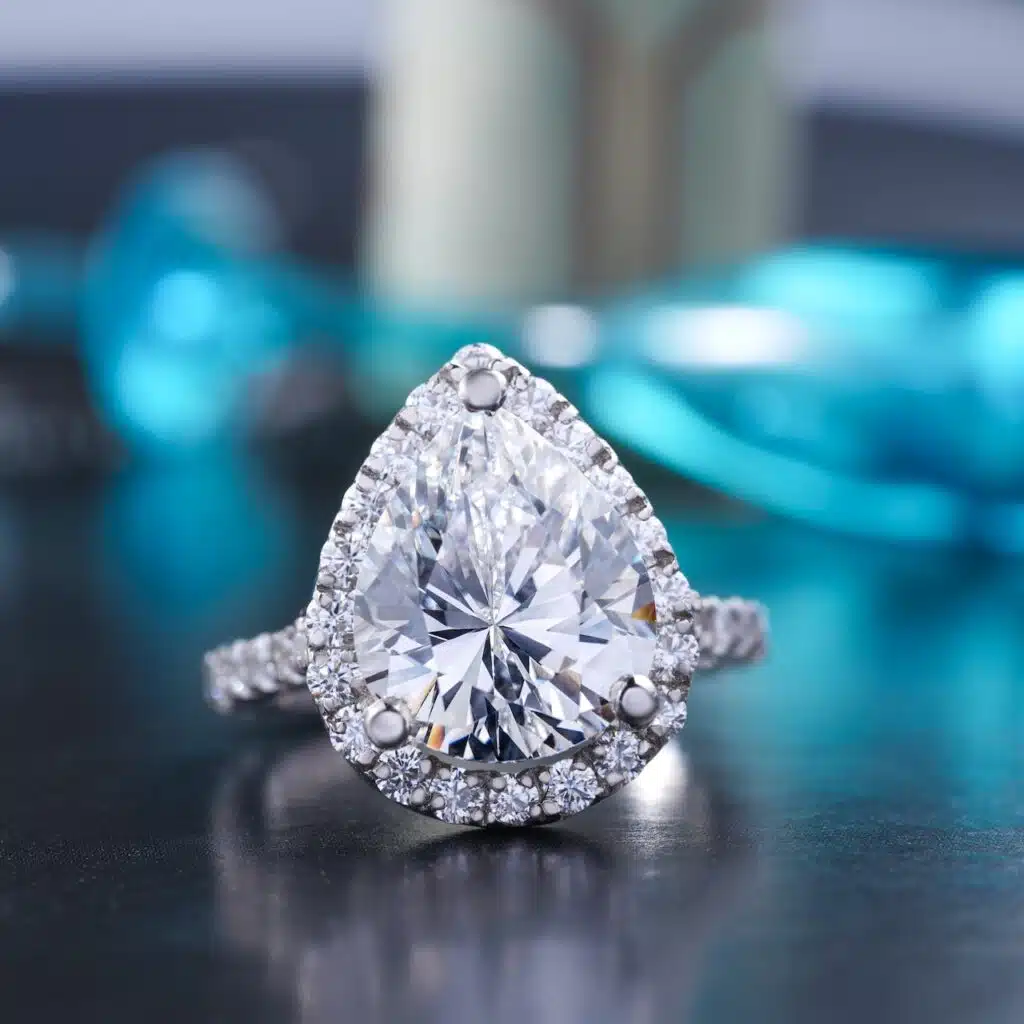Someone contacted my office and asked an interesting question. Could they make a loan from their self-directed Roth IRA to a borrower establishing a new business and accept a diamond ring as collateral for that loan? Some of you may be scratching your heads at the idea of an IRA even making a loan, but that is something you can do with a truly self-directed retirement account. You can make loans to borrowers you deem to be qualified upon terms and circumstances you negotiate. It is always wise to have some form of collateral to secure a loan.
Returning to this instance, I told this individual not to do it and then explained some of the rationale. The first consideration is that a diamond ring, if deemed to be a collectible, is something an IRA cannot hold by virtue of 26 U.S.C. 408. That alone would prevent it from being used as collateral because if the maker of the note defaults and the IRA moves to take possession of the ring as collateral, it would be taking into the IRA’s possession an asset which it is prohibited from taking, making it a prohibited transaction and destroying the IRA.
Assuming that the ring is a “garden-variety” diamond ring, you would want to know the true market value of it and would want to lend no more than 65-75% of that value. In this instance, the borrower had significant sentimental value attached to the ring which was way beyond market value. That means the ring really wasn’t good collateral for the IRA.
The next analysis is what you do with the ring during the term of the loan. It would obviously have to be held in the custody of a non-disqualified, disinterested third party pursuant to the terms of a written collateral pledge agreement which said that if the loan is fully repaid according to the terms of the promissory note, the custodian or trustee holding the collateral would return it to the borrower. If the borrower defaults on the loan, the custodian or trustee holding the diamond ring would then, as part of the collection process, transfer it to the IRA account by virtue of selling it and depositing the funds into the IRA.
If you’re wondering why the accountholder can’t hold the ring during the term of the loan, you are obviously unfamiliar with the Tax Court case we refer to as “McNulty”. In that case, the IRA was destroyed, and the contents of the IRA were deemed to have been distributed to the accountholder when the accountholder took physical possession and control of assets owned by the IRA.
“But, Jeff, the accountholder holding the ring doesn’t really have possession of the ring because there is the collateral pledge agreement that says it is still the property of the borrower until the loan is either repaid or goes into default.” I would suggest to you that you are walking too close to the line and splitting hairs too finely. Anytime an accountholder takes physical possession or control of an asset that should or may be in the IRA, they have crossed too far over the line.



